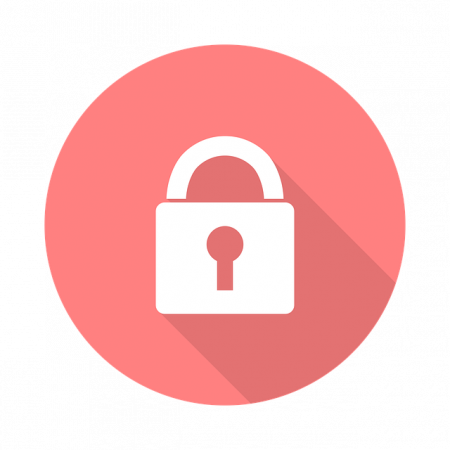
Application Monitoring: The First Line of Digital Defense
Previously, we discussed the difference between infrastructure uptime and application uptime, and why the LYONSCG Application Hosting team measures success against the latter. In this post, we’ll cover what application monitoring is and how we monitor the eCommerce applications we support in both our purpose-built data center in downtown Chicago and in the various cloud commerce platforms. We’ll also discuss why having quality application monitoring is critical to your business’s success online.
What is Application Monitoring?
Simply put, application monitoring is ensuring that a website is delivering catalog and product pages to visitors, allowing customers to log in and check out, and ensuring business users have access to back-end administrative functions. This is related to, but distinct from, infrastructure monitoring, which we will discuss in greater detail later on.
At a high level, infrastructure monitoring focuses on maintaining expected network and server hardware functionality, whereas application monitoring has a different goal – to ensure the eCommerce application can transact business.
A quick Google search for “website uptime monitoring” will give you about seven million results; there are many tools available to monitor your eCommerce site, but not all are created equal. It’s insufficient to simply ping your website at some regular interval and send an email when there’s no response. A good monitoring system will be able to check that critical pages on the site are responsive, test for SSL/TLS certificate validity, and integrate with alert systems to engage support personnel when there’s a problem. Additionally, good application monitoring should raise a red flag when the checkout process is disrupted.
How We Do It
At LYONSCG, we leverage both internal and external tools for application monitoring. The reasons for using both types of tools are twofold: first, using only one type of tool can leave blind spots in monitoring, and second, we’ve found no single tool that adequately captures all the critical metrics needed for world-class application monitoring. By leveraging multiple toolchains, we can keep tabs on the critical application components previously discussed: catalog and product page responsiveness, customer and administrative login accessibility, HTTPS certificate validity, and checkout success. Furthermore, the flexibility of using multiple toolsets allows us to fine-tune monitoring to the specific requirements of each individual application. Because when it comes to ensuring your eCommerce site is open for business, one size definitely does not fit all.
Risks Are Abound
The need for quality application monitoring is clear: without it, you run the risk of being blind to poor customer experiences on your site. A simple ping might show your site is up, when in reality, pages are taking too long to load and driving down conversion. Merely checking page load times could mask a certificate problem, causing customers to see browser security warnings and leave the site entirely. Testing that your administrative functions are accessible to your customer service team can make the difference between a satisfied, repeat customer and a negative review. And, of course, failing to see checkout success in real-time can result in surprises later.
If your application monitoring isn’t up to snuff, reach out to LYONSCG. We’ll help get you on track, so you can rest easy knowing the business-critical functions of your eCommerce application are under close watch.
